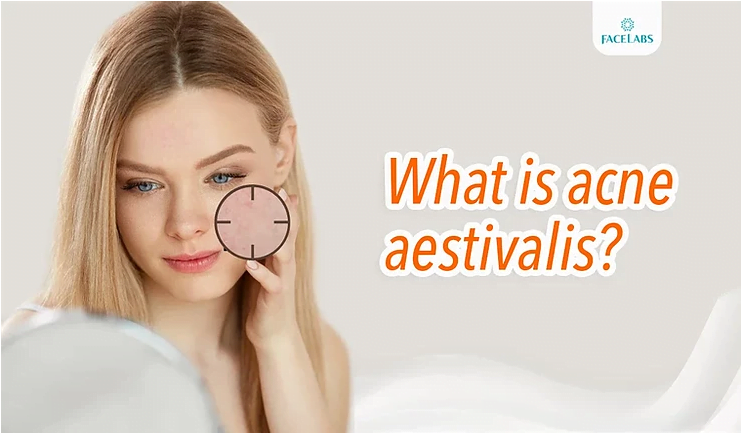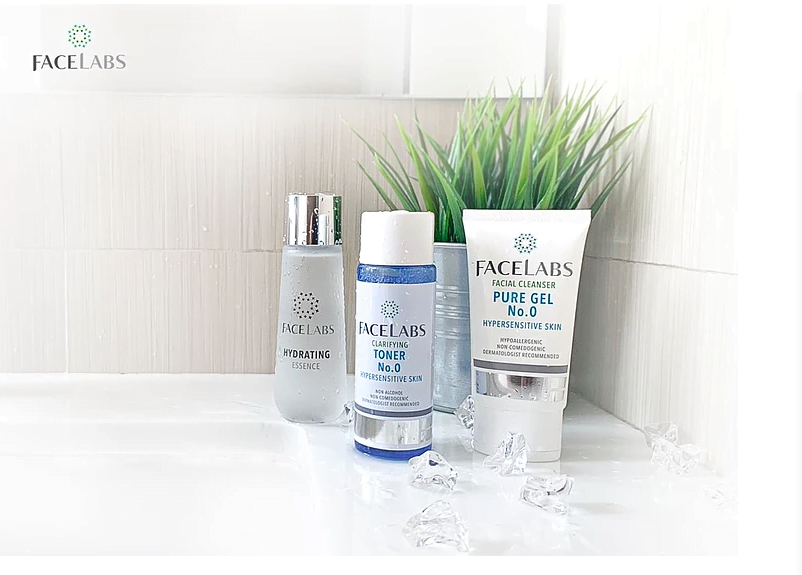
acne aestivalis
Hi, this is acne aestivalis or known as yeast acne, or fungal acne, or whatever you want to call it because whatever name is, it is just acne aestivalis and why does everybody want to eliminate acne aestivalis? Acne aestivalis never damages anyone as it’s just throwing small prickly heat that likes to pop out and emerge when it’s sunny and humid with a lot of sweat.
Acne aestivalis is an opportunist!
acne aestivalis is an opportunist
Do not let acne aestivalis fool around! Do you know that acne aestivalis is an opportunist! When the skin is strong, it never grows, but when the skin becomes sensitive, acne aestivalis just appears, including on the forehead, cheekbones, nose, chin. If the face is exposed to the light, rashes or prickly heats will appear and spread all over the face, which makes you feel embarrassed like other types of access anyway.
Focusing on the right problem
Acne aestivalis is caused by the fungus called Malassezia (Pityrosporum) or P. ovale, which lives on our face. When this infection is seen on the skin, it will stimulate the sebaceous glands to become inflamed, and acne aestivalis appears while normal pimples are caused by abnormalities of the sebaceous glands causing clogged pores with P.acne bacteria to stimulate normal pimples to become inflamed.
Did you see it? The occurrences of acne aestivalis and normal pimples are different, which makes acne aestivalis not considered a member of normal pimples. Only a prefix’ acne’ makes acne aestivalis seem similar to normal pimples. That’s all. However, the treatment must be different, as well. People with acne aestivalis must use antifungal medication such as ketokonazole, micronazole, ecasolaz, etc.
Acne creams that are used for pimples include active substances that kill and get rid of P.acne, while acne gel products contain exfoliation agents such as retinol AHA, BHA, Arbutin, Salicylic acid, etc. If you have healthy skin, there is no problem, but if you have acne aestivalis with dry and sensitive skin, using acne creams or acne gels for a long time will make the skin more fragile because the skin cells do not regenerate in time and what would be waiting for girls at the destination is more sensitive skin, prickly heats, acne aestivalis over the face.
Now you’ve already known that acne aestivalis can be treated if you focus on the right solution. Girls with dry and thin skin won’t be able to say that thin skin cannot be cured! You should find a way to maintain and nourish your skin to prevent thin skin. We’ll call it a ‘measure’ to eliminate acne aestivalis before appearing!!
Kill acne aestivalis before it “pops up.” This is very simple.
After using fungicides to treat acne aestivalis until dissolving. The next step is to take care of the skin to become strong, considered as the best way to prevent “acne aestivalis”:
1. Avoid humid sunlight, get enough sleep and rest
2. Stop using an acne cream or acne gel products, skin exfoliation products, as well as face masks because it will make the skin thinner. As for cosmetic products, you can stop using it or use it as little as possible with such as no-makeup makeup look.
3. Use only products to help increase moisture in skincare because this type of product will be rich in active substances that add water to the skin, strengthen the skin barrier (NMF – Natural Moisturizing Factor) such as PCA, Hyaluronic acid, Ceramide or Hydrolyzed protein extracts, which will help the skin to restore even faster.
4. Stop using facial cleansing products, which make your skin dry because your skin will lose moisture, and it will enhance the effect of acne gel and skin exfoliation products to work better but make skin get thinner.

With these four tips, those with dry skin and thin skin can easily become healthy in a month. You don’t need to play hide and seek with acne aestivalis anymore.
Related articles :
สุรศักดิ์ วิชัยโย. (2558). สิวเชื้อรา การรักษา. คณะเภสัชศาสตร์ มหาวิทยาลัยมหิดล.
Richard, M., R and Sarah, A, M. (2014). Malassezia (Pityrosporum) Folliculitis. The Journal of Clinical ans Aesthetic Dermatology. 7(3), 37–41.

